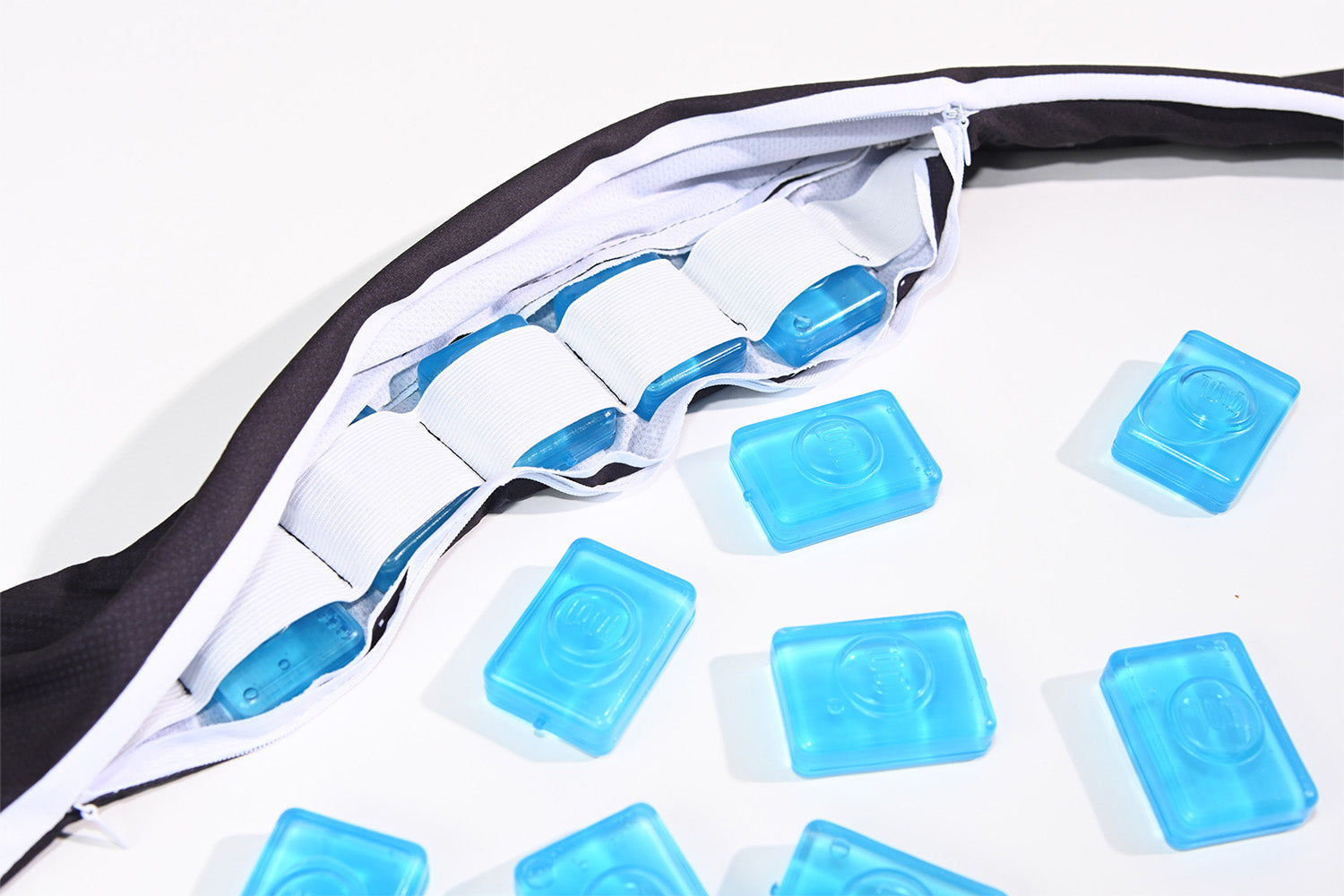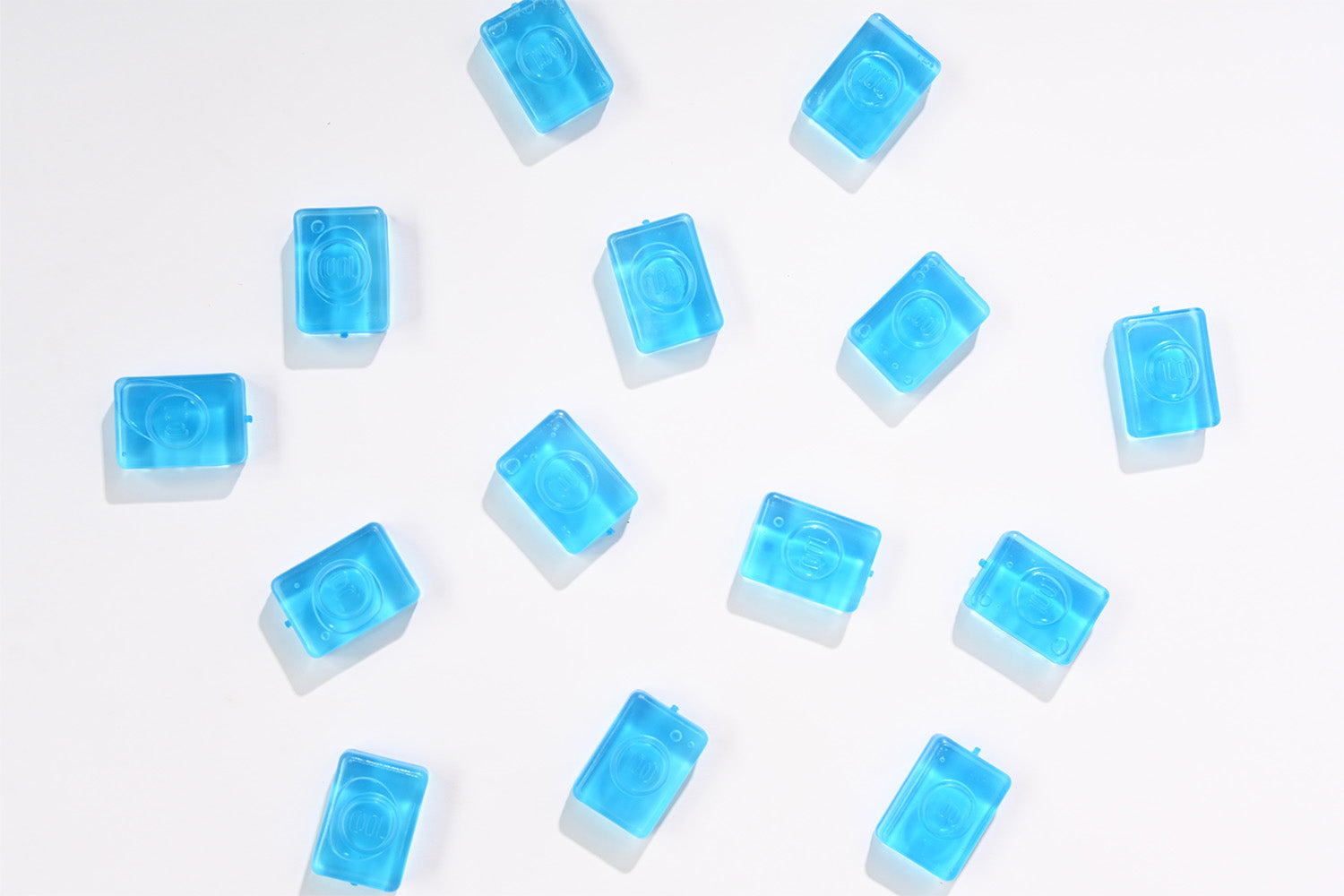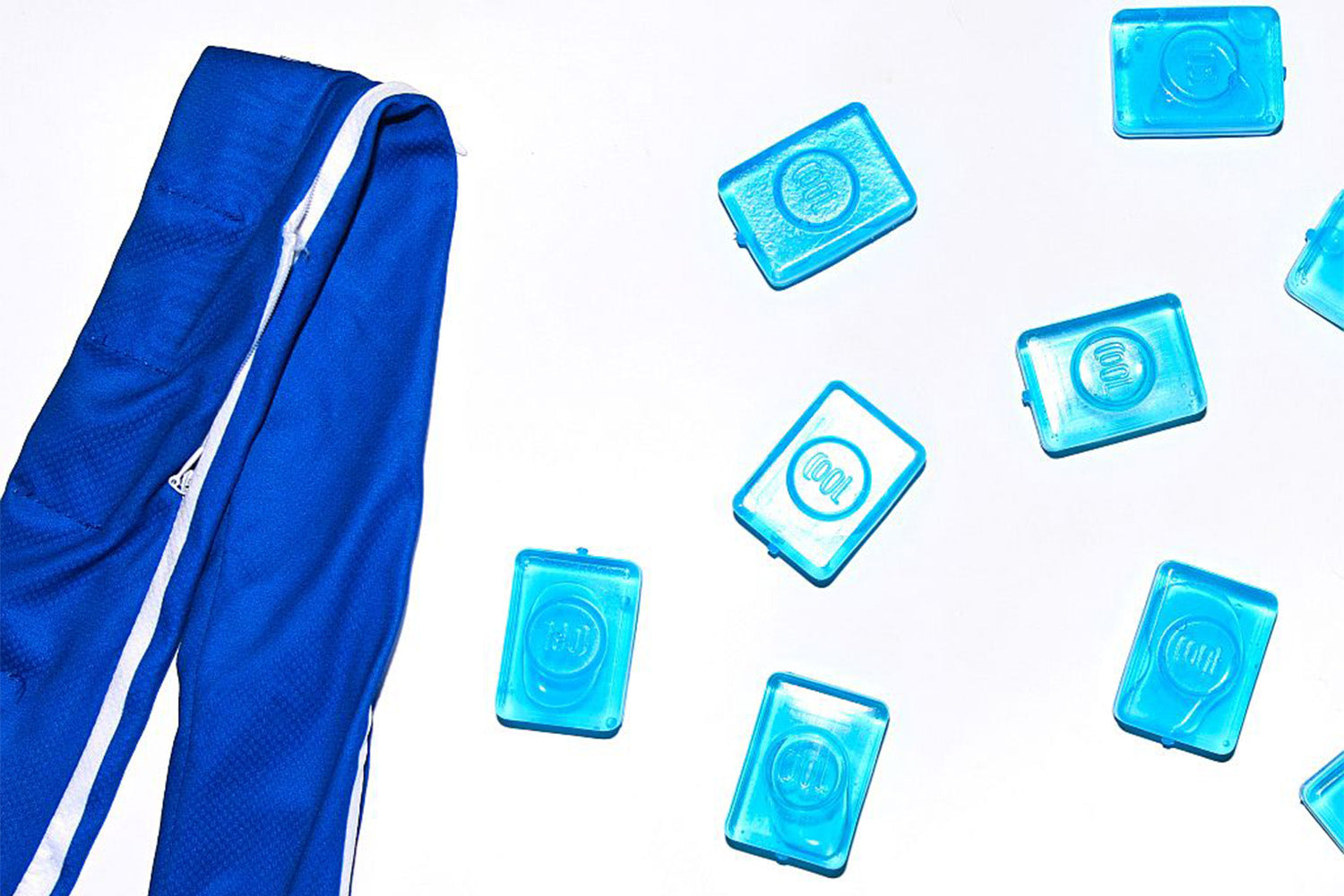Cooling fabrics can often seem like magic. They achieve feats that might seem impossible for other kinds of cloth and can be incredibly helpful in situations where overheating is common.
These amazing fabrics can be found in cooling towels, athletic clothing, headbands, and much more. The use of cooling fabric in clothing and accessories has increased dramatically as the technology behind it has gotten better and better.
Still, you may be wondering: What is this fabric, and how does it work? Understanding the technology and uses behind cooling fabrics can help you know exactly how to stay chill when you need to most.
This is everything you need to know about cooling fabric, how to find it, and how it can change your life for the better!
What Is Cooling Fabric?
Cooling fabrics are materials that absorb heat from the body to help keep you, well, cool. They’re often used by healthcare professionals and athletes alike, as well as those suffering from heatstroke and other conditions that put them at risk for hyperthermia.
Cooling fabrics work by drawing moisture away from your body when you sweat, which helps lower your core temperature and prevent dehydration. They also improve blood flow to the skin’s surface so that you can stay cool under pressure.
There are many kinds of cooling fabrics on the market, each with unique benefits and drawbacks. Some of them are made from natural materials like cotton or wool. Others are synthetic materials like polyester or nylon that do not absorb moisture but wick it away from your skin surface via capillary action (like how sweat evaporates off your skin).
Some cooling fabrics have a double layer: One layer absorbs moisture while another layer wicks it away, much like how a towel works when you’re drying off after a shower.
Some common examples of cooling fabrics include:
- Bamboo fabric
- Silk (which is known for its ability to regulate body temperature)
- Fleece (which traps air between layers of fabric)
- Polyester blends (such as athletic wear)
- Merino wool
One of the most popular ways to experience cooling fabric is through cooling towels — these are incredibly helpful for keeping an optimal body temperature while on the go.
What Are Cooling Towels?
Cooling towels are an easy, effective way to cool down in the heat. They can help reduce body temperatures no matter what you’re doing: Cooling towels can be used while exercising, working in the sun, or just sitting around on a hot day. They're even great for a pick-me-up after you wash your hair!
Cooling towels are usually made of a hydrophilic material that absorbs water and then releases it as the towel dries. This process creates an evaporative cooling effect that cools the skin, which helps lower the body temperature.
The cooling effect is similar to how sweating works: sweat evaporates from your skin and cools your body by taking heat away from your body's surface. Cooling towels can help keep you comfortable in the heat for hours and hours on end.
How Do Cooling Towels Work?
The cooling effect of these towels is due to the evaporation of water from the towel itself. When you wet the towel, the water will evaporate quickly, which cools your body down. This is because when water evaporates from your skin, it pulls heat away from your body to keep its temperature constant.
This effect can be seen with other cooling methods as well. For example, if you pour cold water over an ice cube and then put it on your forehead, it will feel more relaxed than before.
The same goes for iced drinks: When you drink iced beverages, they cool down your mouth and throat so that they feel cool when the drink reaches them.
The science behind this is called "thermal equilibrium," which means that if one part of something becomes hotter than another part (like your hand), it will try to equalize its temperature with that other object. This is done by absorbing or radiating heat into the colder object — which is why you sweat when you're hot!
The best part is that cooling towels are easy to use:
- Just soak them in cold water until they're entirely saturated.
- Wring them out, so they aren't dripping wet.
- Wrap them around like a blanket or put them on your neck or head.
While not all of these towels provide long-lasting relief, towels like Cool Links can keep you cool for hours.
What Is Moisture Wicking Fabric?
Moisture-wicking draws moisture away from your skin so that you stay dry and comfortable. It's an excellent feature for athletic clothing and other fabrics designed to be worn directly against the skin.
Moisture-wicking can help you stay cool and dry during physical activities or simply standing in the heat. This type of fabric that moisture away from your skin and transfers it to the outside of the material, where it can evaporate more quickly.
The three types of fabrics that are commonly used for moisture-wicking include polyester, cotton, and rayon.
Moisture-wicking fabrics come in many weights and styles depending on their intended uses. They're great for athletic gear like running tights and socks but can also be used in other athletic clothing like t-shirts, shorts, or even hats and headbands. They can also be used in everyday clothing like denim jeans or button-down shirts — and, of course, they can be used in cooling towels as well.
There are a few ways to make fabrics wick moisture, but most use naturally wicking materials for the fabric itself or add treatments to whichever fabric has been sued. Some fabrics naturally have this ability — for example, cotton absorbs water and wicks it away from the skin almost immediately. Still, other materials don't — cotton, we’re looking at you!
Cooling towels are made from microfiber materials that pull water from your body when they're wetted with water or sweat. Cool Links® towels are available in various colors and patterns, so you can match them to your favorite team or look stylish the next time you're at the gym!
What Are Cooling Towels Made With?
Cooling towels are a stylish way to keep your body cool when you're overheated, whether from a long day at the office or a summer heat wave. There are a lot of ways that cooling towels can help you stay healthy and comfortable, even in the most trying conditions.
Cooling towels are made of many materials, but they all have one thing in common: they can be wet. There are plenty of ways you can cool off that don't involve water — like ice packs or even a good old-fashioned fan — but those methods don't have all the benefits of cooling towels.
For example, cooling towels are reusable and generally easy to carry around wherever you go. That means if you're working outside or planning on being active in the heat for an extended period, you don't have to worry about lugging around a fan all day — just grab your cooling towel, and keep going!
When you choose Cool Links®, you also benefit from our frozen reusable cubes. While our cooling towels have the option to be wet and used like a traditional cooling towel, our reusable cubes offer a chill that penetrates deep into your muscle tissue for fast-acting relief. Plus, these cubes can cool you down for up to two hours — and a quick and easy cube refill can extend that cooling time even further.
Since these products are designed specifically for human use, many don't contain potentially harmful chemicals or additives like some other products. Cool Links® are designed to be entirely non-toxic and safe for use in almost any scenario you could think of!
Conclusion
Here at Cool Links®, we've prioritized finding the best uses of cooling fabric and truly capitalizing on them. You don't have to spend any more days baking in the hot sun with no relief — Cool Links® are here to improve your life!
Our unique two-in-one cooling towels ensure that anyone can have a truly incredible time at outdoor sporting events, theme parks, wilderness hikes, or even just cooling off after a workout.
With our great cooling towels, you can live your best life, no matter where you are!
Sources:
Hydrophilic Definition & Meaning | Dictionary.com
EQUILIBRIUM | Cambridge English Dictionary
How High-tech Fabrics Cool You Down When You Heat Up | HowStuffWorks





